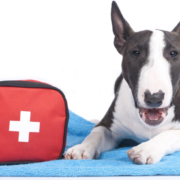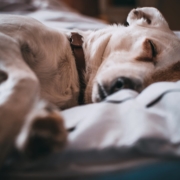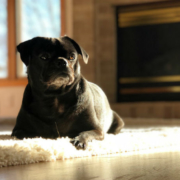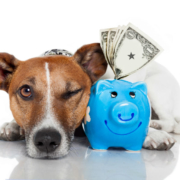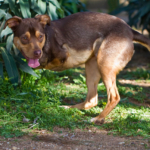Go out to any city park and you’re likely to see a wide range of dogs being walked or exercised by their owners. Apartment living has special demands for both dogs and their owners, and it is wise to research particular breeds, talk to a veterinarian, and evaluate your options based on your specific living space.
Size
There are no hard and fast rules for what kind of dog will best suit your needs and your home. In the absence of rules, use size as your guide. All dogs need space to lie down, stretch out, and play, and the more space you have in your apartment or flat, the better suited your home will be to successful, fulfilling dog ownership. A good rule of thumb is to look for a dog that will comfortably occupy the largest room of your apartment, usually the living room. Compare sizes of dogs to the square footage of this room, and you can begin to rule out certain larger breeds of dogs.
Small dogs will always be best for apartment and urban living. Smaller dogs require less space to be comfortable, and smaller breeds that are also known for being calm and quiet will save you and your neighbors a lot of stress.
Layout and Surroundings
An apartment with access to a lawn and garden is preferable, but dogs also need regular access to wide open green spaces to stretch their legs and exercise. Look for city parks, schoolyard fields, and other open green spaces for your dog to exercise within walking distance of your apartment. Again, size is relative here: your toy poodle will need less room to roam in than a German shepherd. Always be mindful of rules and laws relating to dog exercising – be a good owner and clean up after your dog.
Dogs, like humans, suffer from overuse and excessive stress on their joints. Dogs, however, have much more delicate joints than humans, and regular trips up and down stairs will wear out your dog’s joints. If you live on a higher floor of a walk-up apartment building lacking an elevator, consider a smaller dog that you can pick up and carry on your trips in and out of the building. If possible, find a ground floor, garden, or first floor apartment if your dog is too large to carry up and down stairs.
Services Available
One of the benefits of city life is an abundance of local services available to your pet. Whether that be veterinarians, animal hospitals, stores, and dog walking services. It’s important to check the neighborhood to see if they have what you’re looking for.
Since apartment living in a city can be a tight fit for your dog, many people rely on dog walking services while you’re out at work during the day. This gives your pet a chance to stretch their legs and alleviate stress from boredom and any separation anxiety. Finding the right person requires some research, and you’ll want to make sure they are well insured with references. For instance, insurance for dog walkers with dogwalkerinsurance.co.uk is something nice to see on a resume.
Socializing and Training
Your dog, like you, will need social contact on a regular basis. Thankfully, apartment living is great for socializing with your dog. Your dog will regularly encounter people and other dogs on walks and while exercising. Signs of aggression toward people and other dogs should be dealt with quickly and appropriately with the aid of a veterinarian or certified trainer.
Other forms of stimulation are required by your dog throughout the day. Regular walks are a great way to provide the stimulation and exercise your dog needs. If you work from home, make time for your dog throughout the day – take walks, set aside time to play with a favorite toy, and offer lots of love. If you work in an office away from home, make use of local dog walking services, as they are a great way to keep your dog happy, healthy, and fed while you’re out. Or purchase an interactive dog toy such as a Nina Ottosson dog puzzle which are popular among apartment dwellers.
Puppies
Puppies are not strongly recommended for apartment living, as they are generally very active and difficult to control. If you choose to adopt a puppy into your apartment or flat, you should definitely consider investing in a regular routine of professional training through your dog’s juvenile years.


